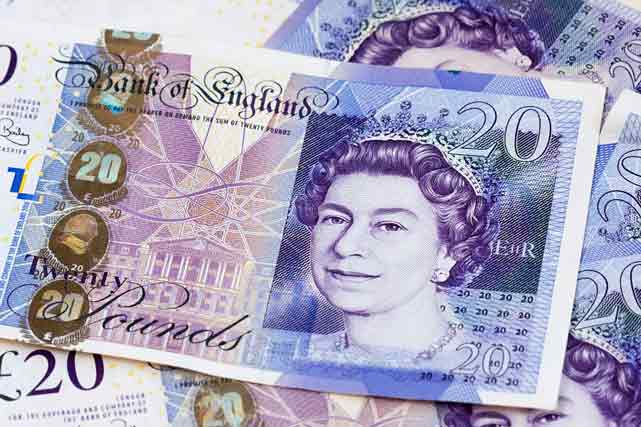
Finally, it is especially important to watch how the British pound is performing relative to other domestic financial assets.

In addition, the U.K.’s status as a small, open economy means that it is normal for the pound to underperform when global risk sentiment is weak, so we will look to see how it is performing relative to those factors. Given broad dollar strength, it is important to also look at sterling’s relative performance against other major trading partners like the euro. What factors are you following to monitor how the pound is doing? In such a scenario it is possible that the U.K.’s recession is very mild and short, with growth rebounding strongly in 2023. On the other hand, a decline in energy prices driven by lower wholesale energy prices, more prudent fiscal policy and less pressure on the BOE to hike interest rates sharply could mitigate the drag on household income via lower energy and mortgage payments. Further upwards pressure on energy prices in conjunction with a lack of business support beyond the next six months or continued unfunded fiscal support targeted towards the wealthier households, who have a lower marginal propensity to consume, and an aggressive BOE hiking cycle could see the U.K. Given the elevated uncertainty over both the strength of underlying activity and the paths of fiscal and monetary policy, we see two-sided risks to our baseline forecast. Given more persistent inflationary pressures following last week’s fiscal announcements and the depreciation of the pound, we expect the BOE to deliver a 100 basis points hike in November and December, with a terminal Bank Rate of 5%.

While a big intra-meeting rate hike is possible, especially in case of more market turbulence, we believe that further hawkish BOE commentary and a large move at the November meeting is more likely, allowing the Monetary Policy Committee to incorporate the fiscal news into its projections. How do you expect the Bank of England to respond?

assets via a cheaper currency and lower prices on government debt. Taking these factors together, markets are demanding a higher premium for U.K. Markets expect monetary policy to tighten somewhat in response to the new fiscal measures, but not enough to fully counteract these effects. This leads to some difficult trade-offs for the Bank of England, which was already struggling to bring down inflation without adding too much additional pain for consumers. The plan seems likely to raise underlying inflation pressure and increase public debt - at least in the near term - with the biggest benefits going to higher-income households. More recently, the government’s plans to help alleviate some of these costs and bolster growth has contributed to the pound’s fall. economy has experienced a significant negative, external shock from higher energy prices, which is weighing on the growth outlook as a larger share of income is being spent on energy bills - the so-called ‘cost of living’ shock.

We spoke with him about the British’s currency’s decline, BOE monetary policy and his expectations for the U.K. To contain inflation, the BOE will likely push its main policy rate to 5%, more than double the current official rate of 2.25%, in the coming months, according to Michael Cahill, a foreign-exchange specialist in Goldman Sachs Research. The International Monetary Fund said it was closely monitoring the government’s fiscal plans and that it didn’t recommend large spending programs given inflation concerns in many countries. gilts, even as policymakers had intended to begin cutting the size of the central bank’s balance sheet to reduce economic stimulus and tamp down inflation. These crosscurrents have put the Bank of England in a challenging position: This week the BOE took emergency action with a bond-buying program to calm the market for U.K. currency, already buffeted by an energy price shock, traded at a record low against the dollar after the government unveiled a spending plan that some fear could spark higher inflation.


 0 kommentar(er)
0 kommentar(er)
